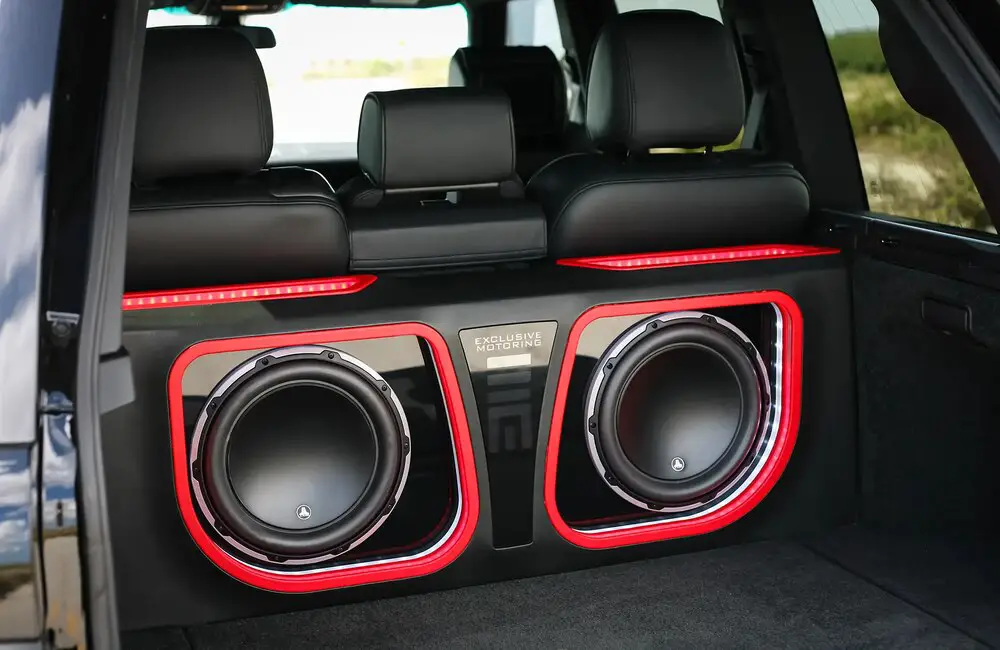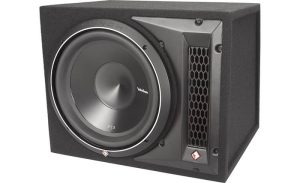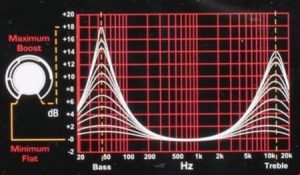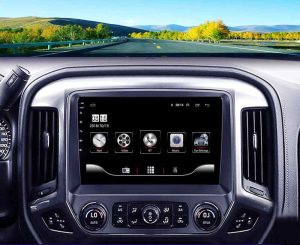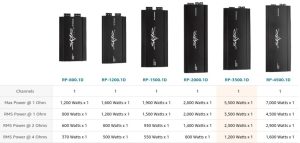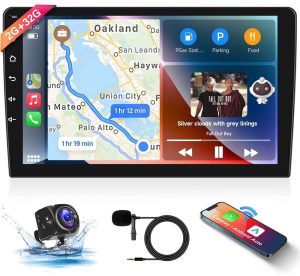When it comes to enhancing the audio experience in your car, a subwoofer can make all the difference. However, choosing the right amplifier to power that subwoofer can be a confusing task. If you have a 15-inch sub, what size amp for 15 inch sub? the size of the amplifier you need will depend on several factors such as the type of sub, your car’s electrical system, and your personal preference for volume levels. In this article, we will go over the various considerations to help you determine the right size amplifier for your 15-inch sub, so you can enjoy high-quality, powerful bass in your car.
Contents
Things to consider when choosing an amplifier for your 15-inch sub
What size amp for 15 inch sub? One of the first things to consider when choosing an amplifier for your 15-inch sub is the power handling capacity of the sub. This is typically measured in watts RMS (Root Mean Square), which is the continuous power that the sub can handle without distortion. You’ll want to select an amplifier that provides enough power to match the RMS rating of the sub, typically around 75% to 100% of the RMS rating. For example, if your sub has an RMS rating of 500 watts, you’ll want an amplifier that provides at least 375 watts to 500 watts RMS.
Another factor to consider is the type of sub you have. If you have a passive sub, you’ll need an amplifier with speaker-level inputs. On the other hand, if you have an active sub, you’ll need an amplifier with line-level inputs. Active subs have built-in amplifiers, so they don’t require an external amplifier.
Additionally, you’ll want to consider the electrical system of your car, specifically the battery and alternator. The size of the amplifier you can use will depend on the available electrical power and the ability of your car’s electrical system to provide that power. It’s important to select an amplifier that doesn’t exceed your car’s electrical capacity, or you risk damaging your car’s electrical system.
Finally, what size amp for 15-inch sub? your personal preference for volume levels will also play a role in determining the size of the amplifier you need. If you like to listen to your music at high volumes, you’ll need a larger amplifier to provide the necessary power. If you prefer lower volumes, a smaller amplifier will suffice.
How do I match amp and subwoofer for my car?
Matching an amplifier and a subwoofer for your car can be a bit of a technical process, but it’s not too difficult to understand with the right information. Here are the steps to match your car’s amplifier and subwoofer:
Determine the RMS power rating of your subwoofer: The RMS (Root Mean Square) power rating is the continuous power handling capability of your subwoofer. It’s important to choose an amplifier that can handle the RMS power rating of your subwoofer.
Choose an amplifier with the right power output: The amplifier you choose should have an RMS power output that matches the RMS power rating of your subwoofer. It’s important to avoid over-powering or under-powering your subwoofer as this can damage the sub and compromise its performance.
Match the impedance of the amplifier and subwoofer: Most car subwoofers are either 4, 2, or 1 ohm. You should choose an amplifier that can handle the impedance of your subwoofer. Some amplifiers can handle multiple impedance loads, which is useful if you have more than one subwoofer or if you want to change your setup in the future.
Check the amplifier’s voltage requirements: The voltage requirements of your amplifier should match the voltage output of your car’s electrical system. Most car electrical systems are 12 volts, but it’s important to check your car’s manual or a professional to confirm.
Make the physical connections: Once you have chosen the right amplifier and subwoofer, you need to make the physical connections between them. This typically involves running power, ground, and remote turn-on wires from your car’s battery to the amplifier and then running speaker wires from the amplifier to the subwoofer.
Are higher watts better on subwoofer?
Higher wattage can provide more power to the subwoofer, allowing it to play at higher volume levels and produce louder and more impactful bass. However, wattage alone is not a reliable indicator of a subwoofer’s overall performance.
The subwoofer’s efficiency, enclosure design, and driver size all play a significant role in determining the subwoofer’s output and sound quality. A higher wattage subwoofer may not necessarily sound better than a lower wattage one with a more efficient design and higher quality components. It’s important to consider all these factors, along with the room size, listening preferences, and the intended use of the subwoofer, when selecting a subwoofer. Ultimately, a subwoofer with a well-designed and efficient system that matches your specific needs and preferences will likely provide the best performance and sound quality.
What is the best amp setting for bass?
The best amplifier settings for bass guitar can vary greatly depending on the sound you’re looking to achieve, the specific amp and bass you’re using, and the room or venue you’re playing in. However, here are some general guidelines that may help you get started:
Volume: Start with the volume at a moderate level and adjust as needed. Keep in mind that even a small increase in volume can significantly affect the tone of the bass.
Gain: This control determines the amount of preamp distortion. If you want a clean, punchy sound, keep the gain low. If you want a distorted, overdriven sound, increase the gain.
Tone: Use the tone controls (bass, mid, and treble) to fine-tune the sound of the bass. Start with the tone controls set to their neutral positions (usually at 12 o’clock), and then adjust as needed to achieve the desired tone.
Compression: Many bass amps have a built-in compressor, which can help even out the dynamics of your playing and add sustain. Experiment with the compression to see how it affects your sound.
These are just general guidelines, and it’s important to remember that the best amp settings for bass will ultimately depend on your personal preferences, the specific gear you’re using, and the context in which you’re playing. Try experimenting with different settings to find the sound that works best for you.
How do I match speakers and amplifiers?
Matching speakers and amplifiers is an important step in ensuring the best possible audio performance in your sound system. Here are some key factors to consider when matching speakers and amplifiers:
Impedance: The impedance of a speaker is measured in ohms and is a measure of the electrical resistance of the speaker’s voice coil. An amplifier’s ability to drive a speaker depends on the amplifier’s output impedance and the speaker’s impedance. To ensure the best match, it is recommended to use speakers with impedance that is compatible with the amplifier’s specifications.
Power: The power rating of a speaker is measured in watts, and it represents the maximum power the speaker can handle without damaging the driver. An amplifier’s power output should be matched to the power handling capability of the speakers to ensure optimal performance. If the amplifier delivers too much power to the speaker, it can cause damage to the speaker. If the amplifier delivers too little power, the speaker may not perform at its best.
Sensitivity: The sensitivity of a speaker is a measure of its ability to convert power into sound. A speaker with a high sensitivity rating will produce more sound with less power than a speaker with a low sensitivity rating. To ensure the best match, it is recommended to match the amplifier’s power output to the speaker’s sensitivity rating.
Frequency Response: The frequency response of a speaker refers to the range of frequencies that it can reproduce accurately. The amplifier’s frequency response should match the speaker’s frequency response as closely as possible to ensure the best possible sound quality.
You can enjoy the best possible audio performance from your sound system by considering these factors.
Conclusion
In conclusion, the size of the amplifier you need for your 15-inch sub will depend on several factors, including the power handling capacity of the sub, the type of sub, your car’s electrical system, and your personal preference for volume levels. By taking these factors into consideration, you can select the right amplifier to provide powerful, distortion-free bass in your car.
